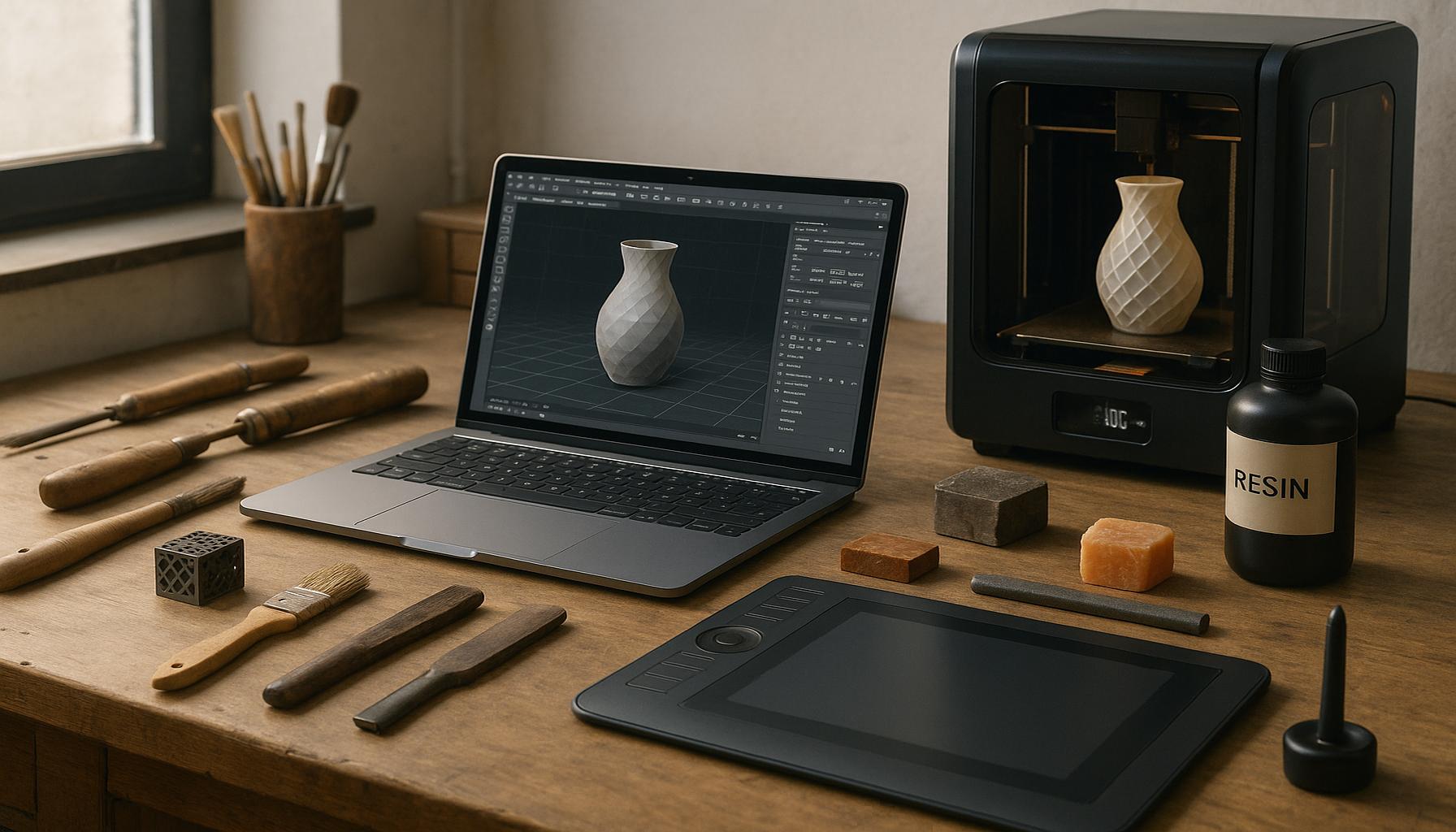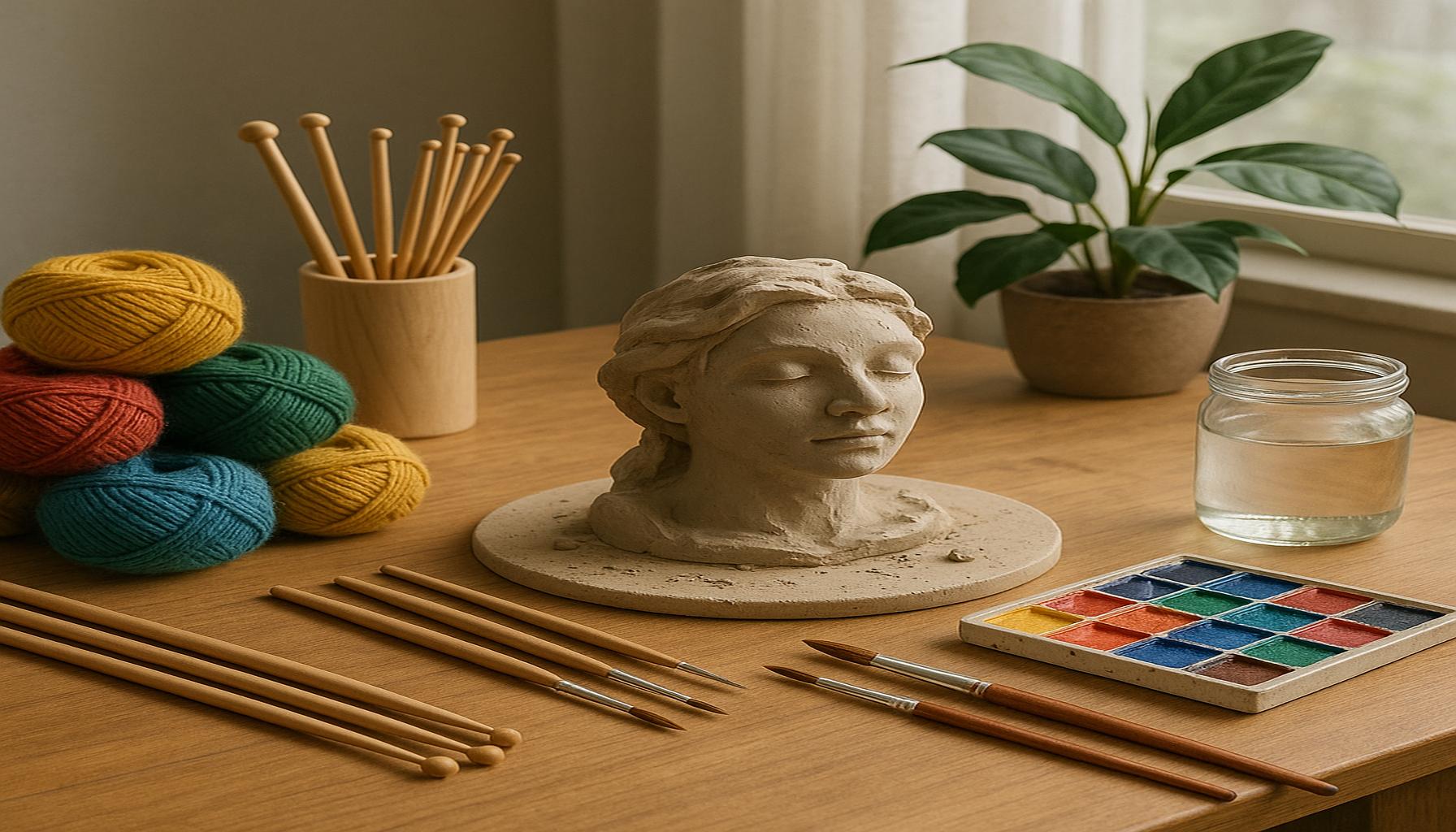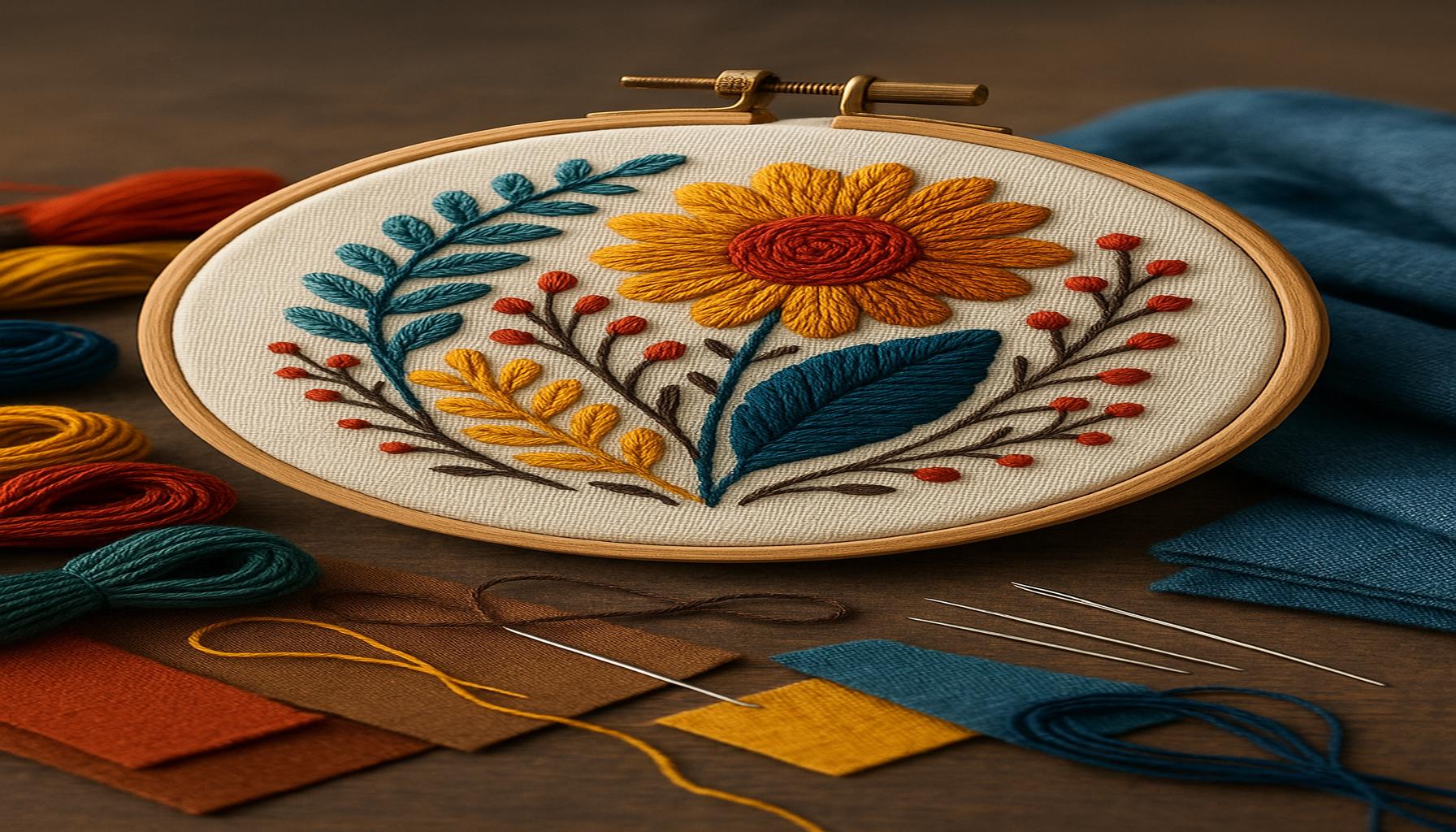Craftsmanship and Technology: Integrating 3D Printing in Creative Projects
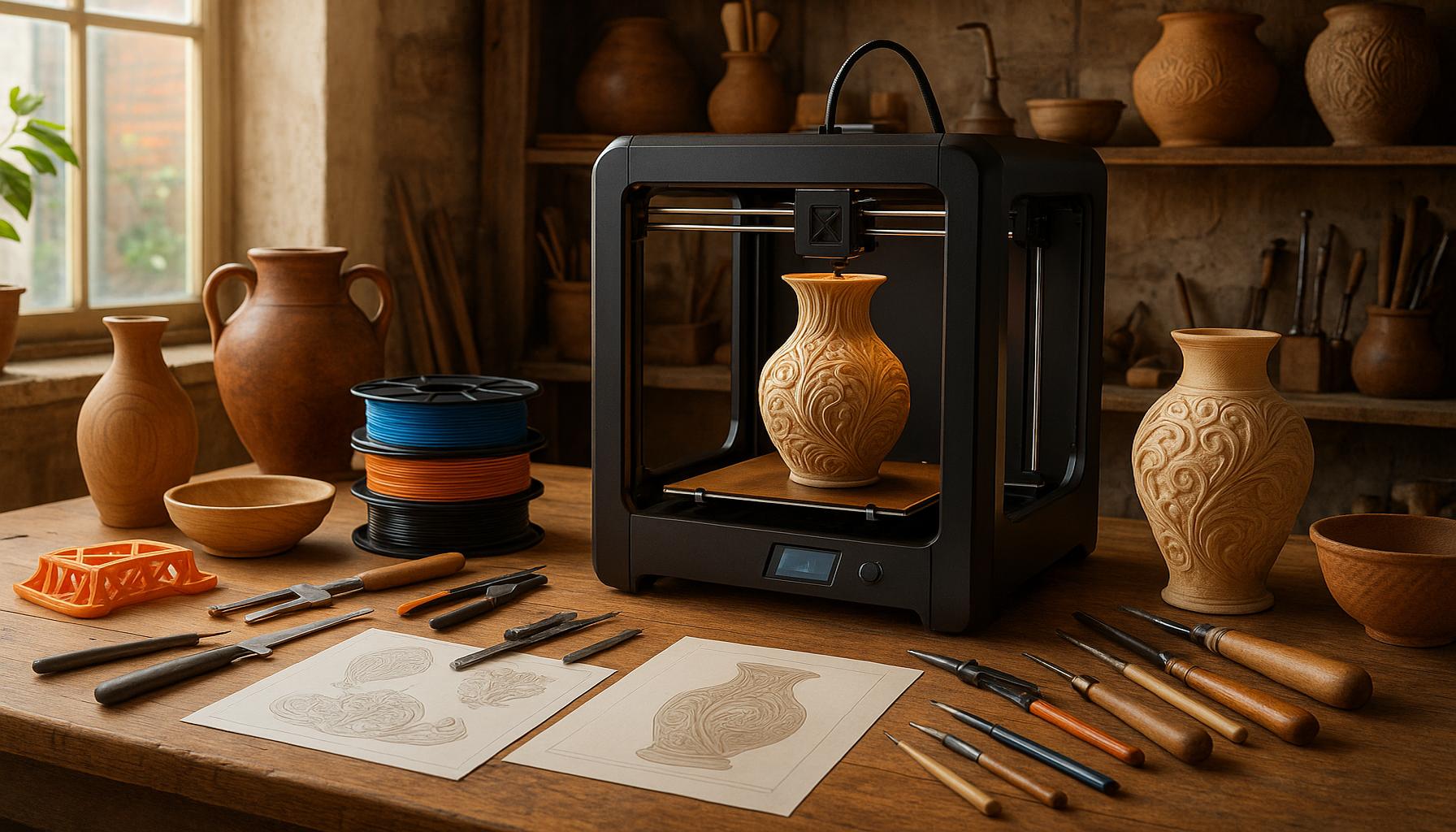
The Intersection of Creativity and Technology
In today’s world, the lines between traditional craftsmanship and cutting-edge technology are increasingly blurred. As technology continues to evolve, innovative tools like 3D printing are gaining traction, allowing artists and creators to transform their visions into tangible reality with an unparalleled level of precision and speed. This remarkable fusion of artistry and innovation is reshaping our approach to various creative projects, pushing boundaries, and redefining what is possible.
3D printing stands as a transformative force across numerous fields, making an impact that extends well beyond mere novelty. Below are areas where this technology is leaving a lasting mark:
- Architecture – With the ability to create complex models filled with intricate details, architects can visualize their designs like never before. Projects such as the 3D-printed habitat by ICON in Texas demonstrate the feasibility of using this technology for affordable housing solutions.
- Fashion – Designers are harnessing the power of 3D printing to craft bespoke clothing and accessories, culminating in unique pieces that enhance individuality. Brands like Adidas have pioneered integrated 3D-printed elements into sneaker designs, creating custom fits.
- Product Design – The rapid prototyping capabilities of 3D printing allow companies to bring new concepts to life in a fraction of the time it would take using traditional methods, expediting product development cycles. For instance, companies in Silicon Valley regularly use this technology to iterate on designs quickly and efficiently.
- Art – Artists are blending traditional techniques with digital tools to create stunning sculptures and installations that push the limits of creative expression. Artists like Joshua Harker are internationally recognized for their intricately detailed 3D-printed sculptures that embody innovation.
As artists and designers embrace this groundbreaking technology, they are uncovering new capabilities that revolutionize their creative processes. The collaboration between craftsmanship and technology unlocks endless possibilities:
- Enhanced creativity through the freedom of complex designs that were previously unimaginable using traditional methods.
- Increased efficiency in production, enabling creators to focus on ideation rather than manual fabrication.
- Access to custom solutions for niche markets, meeting specific customer needs in an increasingly personalized economy.
This exploration of how 3D printing is becoming intertwined with traditional craftsmanship unveils a world of potential. In the following sections, we will delve deeper into real-world examples, examining the integration of this technology into various creative processes and uncovering future trends. The journey into this fusion of art and tech promises to illuminate the evolving landscape of creative expression.
DIVE DEEPER: Click here to uncover the secrets of storytelling
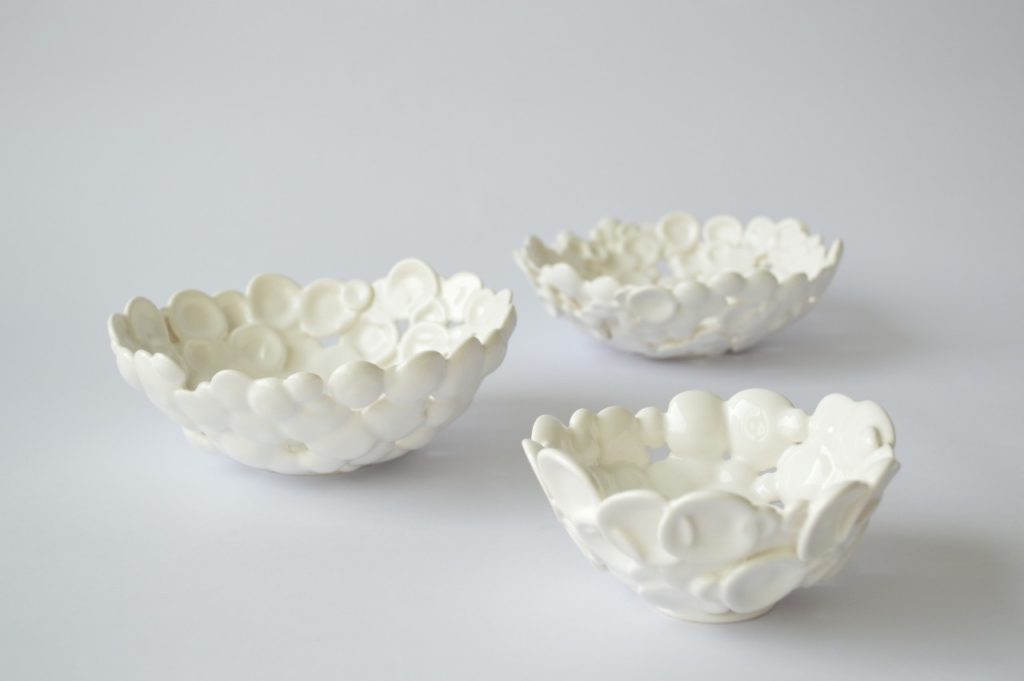
Redefining the Creative Process
The integration of 3D printing into creative projects isn’t just about producing items faster or more efficiently; it fundamentally alters the way artists and designers conceptualize their work. This technology provides endless opportunities for experimentation, allowing creators to explore innovative designs that were previously constrained by traditional manufacturing techniques.
One of the most significant advantages of 3D printing is its ability to produce complex geometries with precision. This capability empowers artisans to move beyond standard forms and push the boundaries of their creativity. For instance, in the realm of jewelry design, artists are crafting intricate pieces that feature detailed lattice structures and organic shapes, made possible only through this advanced technology. The 3D printing process allows for customization at a level not attainable via conventional methods, enabling jewelry designers to tailor their creations to individual customer preferences.
Moreover, the realm of sustainability is witnessing a shift due to 3D printing. Artists are increasingly focused on eco-friendly practices, utilizing materials such as recycled plastics and biodegradable filaments. By reducing waste and minimizing the need for transporting goods, this technology aligns with a growing demand for environmentally responsible production. Notably, the fashion industry has started to adopt such approaches, with designers creating wearable items that utilize minimal materials without sacrificing style and quality.
The democratization of 3D printing technologies is also noteworthy. Access to 3D printers has become more widespread, thanks to decreasing costs and the emergence of dedicated Maker Spaces and community workshops. This accessibility allows aspiring creators from diverse backgrounds to explore their artistic skills and experiment with their ideas. Communities across the United States are harnessing the power of these spaces to host workshops, teaching participants how to design and print their creations, thus fostering a new generation of skilled artisans.
In addition to enhancing personal expression, the integration of 3D printing in creative projects opens doors to extraordinary collaborative efforts. Professionals from various disciplines can unite — architects, engineers, and artists can combine their skills to design and create installations that emphasize functionality while captivating audiences. This cross-pollination of ideas leads to innovative outcomes, where a building’s structure may include decorative elements that resonate with artistic intent, ensuring that both aesthetics and utility coexist seamlessly.
The potential applications of 3D printing in creative fields abound, prompting further exploration of its capabilities. From the realm of product design to architectural marvels and beyond, the possibilities are extensive. As we delve deeper into this topic, it is essential to examine not only the incredible manifestations of creativity but also the challenges and ethical considerations that accompany this technological evolution.
- Limitations in material availability: While there are numerous materials available for 3D printing, the selection is still limited compared to traditional manufacturing methods.
- Intellectual property concerns: As more creations are digitized and shared, issues related to copyright and ownership are increasingly problematic.
- Quality consistency: Depending on the technology and material used, 3D-printed items can vary in quality, leading to potential consumer dissatisfaction.
Understanding these considerations is critical as we navigate the exciting landscape of integrating technology with craftsmanship. The journey of melding traditional skills with modern innovations is only just beginning, promising to unfold new pathways for aspiring creators everywhere.
| Advantages | Description |
|---|---|
| Customization | 3D printing technology allows artists and designers to create truly unique pieces by customizing each design to fit specific parameters or preferences. |
| Efficiency | Rapid prototyping with 3D printing significantly reduces production time, enabling creators to accelerate their workflow while minimizing material waste. |
| Accessibility | 3D printing has democratized creativity by lowering barriers to entry; anyone with a basic understanding of design software can create tangible products. |
| Collaboration | Technology fosters interdisciplinary cooperation as creators across various fields can come together to bring innovative projects to life through 3D printing. |
Embracing the blend of craftsmanship and technology, 3D printing stands as a transformative force within creative projects. With innovative capabilities, this technology enables creators to push the boundaries of design and functionality, leading to unique solutions that traditional methods could not achieve. This integration not only enhances artistic expression but also revolutionizes industries such as fashion, architecture, and product design. The implications of 3D printing extend far beyond mere aesthetics, heralding a new era where imagination meets real-world application. Through these advantages, artists and designers have an unprecedented opportunity to shape and redefine our creative landscape.
DISCOVER MORE: Click here to dive deeper
Embracing Innovation in Diverse Industries
The impact of 3D printing extends far beyond the realm of art and design; it has permeated a multitude of industries, from healthcare to automotive, revolutionizing production methods and enhancing creative possibilities. In the medical field, for example, professionals are employing 3D printing to create customized prosthetics and implants tailored specifically to the unique anatomy of patients. This innovation not only improves patient outcomes but also reduces costs associated with traditional manufacturing processes, making advanced healthcare more accessible.
In the realm of architecture, designers are leveraging 3D printing to visualize and construct complex building components with unprecedented precision. Projects like the “Office of the Future” in Dubai feature structures that are partly 3D-printed, allowing for remarkable architectural feats that blend functionality and artistic expression. Furthermore, this technology facilitates rapid prototyping, enabling architects to produce scale models more quickly than ever before, thus streamlining the design iteration process.
3D printing is also transforming the landscape of the furniture industry. Designers are creating bespoke, sustainable pieces that pair artistic flair with practical utility. Companies like Vitra and Bee Vectoring Technologies are at the forefront, using the technology to develop prototypes and finalize designs that can be produced with less waste. The ability to tailor products quickly based on customer feedback ensures a more personalized approach, aligning with the modern consumer’s desire for unique and functional items.
The culinary arts are also witnessing a fascinating integration of 3D printing. Chefs are exploring the artistic potential of food 3D printers, where edible materials are layered into intricate designs, offering dishes that are as much a feast for the eyes as for the palate. This trend not only redefines food presentation but also provides an avenue for chefs to innovate in flavor combinations and textures, creating an immersive dining experience that captivates patrons.
Additionally, as the adoption of 3D printing technology grows, the importance of interdisciplinary education becomes increasingly clear. Design programs are beginning to incorporate 3D printing into their curricula, encouraging students from various backgrounds—be it art, engineering, or entrepreneurship—to converge and collaborate. Institutions like Rhode Island School of Design and California Institute of the Arts are pioneers in this approach, fostering an environment where students can harness the power of technology alongside traditional craftsmanship skills.
As we explore the multifaceted integration of 3D printing across industries, it is crucial to recognize the role of open-source platforms in accelerating innovation. Websites like Thingiverse and Cultivate3D enable creators to share designs and ideas, facilitating a collaborative community where knowledge is freely exchanged. This spirit of collaboration not only fuels individual creativity but also enhances collective problem-solving efforts, making it easier for creators to navigate challenges associated with materials and techniques.
- Emerging material technologies: Innovations such as photopolymer resins and metal 3D printing continue to evolve, broadening the scope of what can be realized through this technology.
- Incorporating AI: Artificial intelligence is becoming increasingly intertwined with design software, providing creators with advanced tools for generating complex models that can further enhance their artistic vision.
- Transitioning from prototyping to production: As 3D printing matures, businesses are starting to utilize it for final products, reducing time-to-market and improving manufacturing flexibility.
As the intersection of craftsmanship and technology continues to evolve, the fusion between traditional artistry and modern innovation promises to yield exceptional results, shaping the future of creative projects in ways we are only beginning to understand.
DISCOVER MORE: Click here to uncover stunning photography techniques
Conclusion: The Future of Creativity through 3D Printing
The integration of 3D printing into creative projects marks a transformative shift in craftsmanship, serving as a bridge between age-old traditions and cutting-edge technology. As outlined, this revolutionary approach is reshaping various industries, from the precision-driven realm of medical prosthetics to the imaginative culinary arts. The ability to create tailored solutions not only addresses specific needs but also fosters a culture of innovation and personalization.
Moreover, the collaboration between artistic vision and technological prowess is empowering creators to push boundaries in ways previously deemed impossible. Open-source platforms play a pivotal role in this evolution, fostering a collaborative atmosphere where ideas flourish and diverse skill sets converge. As educational institutions embrace 3D printing technology within their curricula, future generations of artists and engineers will be equipped with the necessary tools and mindset to navigate the complex creative landscape of tomorrow.
Looking ahead, emerging trends such as the incorporation of artificial intelligence into design processes and advancements in materials will no doubt enhance the capabilities of 3D printing. This ever-evolving technology will continue to redefine our understanding of craftsmanship, urging us to explore new methodologies and creative expressions. Ultimately, the fusion of craftsmanship and technology through 3D printing promises not just to enhance our creative projects but to shape a more innovative and inclusive future in the arts and beyond.
